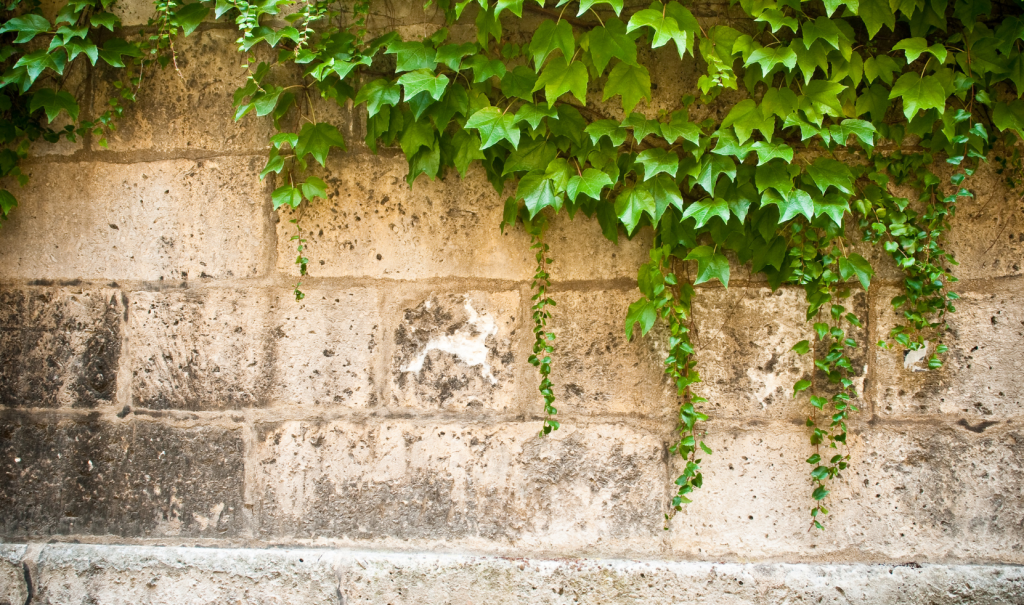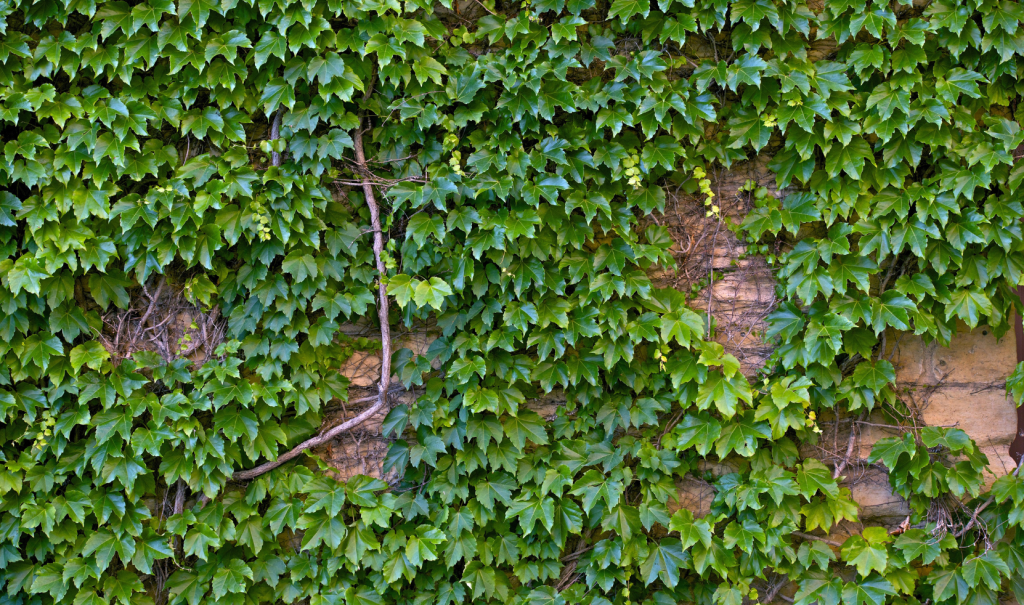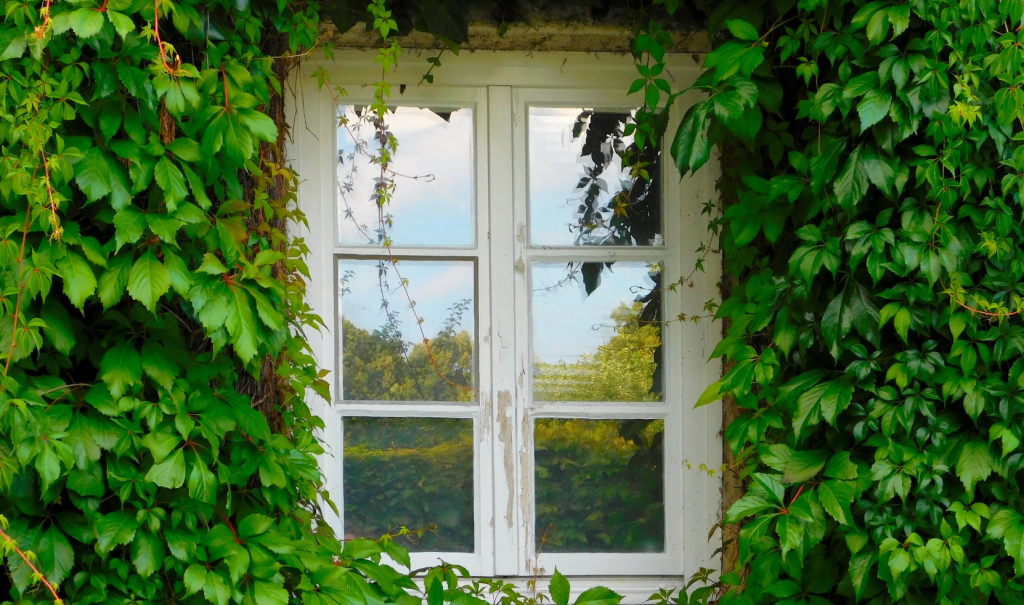- Wildlife Support: Ivy serves as a crucial habitat for various forms of wildlife during autumn and winter. As one of the last sources of nectar for late-flying insects, pruning ivy could reduce food availability for these important pollinators. During a time when food becomes scarce, the blooms on ivy plants can help sustain various insects that are still active.
- Berry Production: Ivy produces berries that are a vital food source for birds during the colder months. By delaying pruning until after the berries have been consumed, you are ensuring that local wildlife has access to this nutritious resource as they prepare for winter.
- Shelter Provision: In addition to providing food, ivy plants offer shelter for small mammals and birds. Their dense foliage creates protective spaces where animals can hide from predators and seek refuge from harsh weather conditions.
- Ecosystem Balance: Gardens function as miniature ecosystems where every plant plays a role in supporting wildlife. By leaving ivy unpruned, you contribute to a balanced ecosystem that helps sustain various species throughout the year.
- Leave Flowers and Seed Heads: Instead of trimming back these plants, consider allowing them to flourish through fall. The flowers and seed heads can provide essential food sources for insects and birds alike.

- Evaluate Your Garden Needs: Before engaging in any form of garden cleanup, assess whether it is truly necessary to remove certain plants or foliage. Leaving some areas wild can benefit both your garden’s aesthetics and its inhabitants.
- Supplemental Feeding: If you’re concerned about providing enough food for birds during winter months, consider supplementing their diet with bird feeders stocked with seeds or nuts.
- Pollinators: Late-flowering ivy provides nectar that supports bees and other pollinators as they prepare for hibernation.
- Birds: Birds are drawn to ivy not only for its berries but also for the insects that may dwell among its leaves.

- Small Mammals: The dense foliage serves as a natural habitat for small mammals like hedgehogs and voles, providing cover from predators.
- Aesthetic Appeal: Ivy adds greenery to your garden year-round, making your outdoor space visually appealing even in fall and winter when many plants go dormant.
- Natural Pest Control: Ivy attracts beneficial insects while deterring harmful pests from inhabiting your garden space.
- Climate Resilience: In times of extreme weather—such as heavy rains or high winds—ivy serves as a natural buffer that protects other plants by absorbing excess moisture and acting as a windbreak.
- Year-Round Growth: Unlike many perennial plants that die back in fall, ivy maintains its structure throughout colder months—offering a unique contrast against winter’s bare landscapes.
- Monitor Moisture Levels: During warm spells in early autumn, ensure your ivy remains adequately hydrated but avoid overwatering.

- Mulching: Applying mulch around the base of your ivy can help retain moisture while also suppressing weeds—allowing your plant to thrive with minimal intervention.
- Use Organic Fertilizers: Choose organic fertilizers rich in phosphorus which supports root development without promoting excessive top growth.
- Slow-Release Options: Opting for slow-release fertilizers allows nutrients to be available gradually without causing root burn or shock.
- Early Intervention: If you notice any infestations early enough before winter sets in—applying insecticidal soap or horticultural oil can help mitigate problems without harming beneficial insect populations already present around your ivy.
- Natural Predators: Encourage natural pest control methods by attracting ladybugs and lacewings which feed on harmful pests—creating a balanced ecosystem within your garden.

